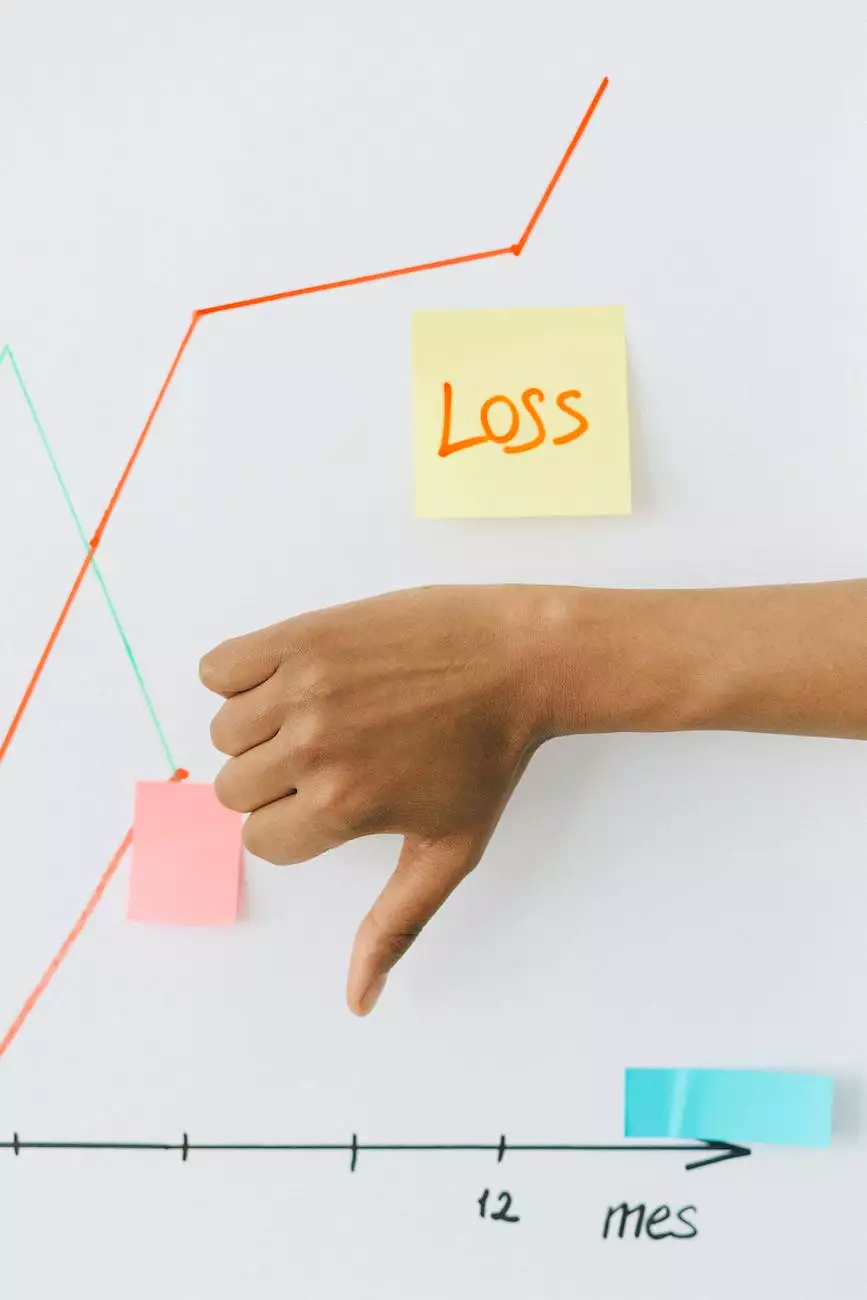How To Improve On Page SEO of Your Business Website?
SEO
Introduction
Welcome to 11Bravo Online Marketing, your trusted partner in the world of digital marketing. In this comprehensive guide, we will explore effective strategies to improve the on-page SEO of your business website. By implementing these proven techniques, you can boost your search engine rankings and drive more organic traffic, leading to increased visibility and better conversion rates.
Why On-Page SEO Matters
In today's highly competitive digital landscape, having a well-optimized website is crucial for success. On-page SEO refers to the optimization of various elements within your web pages to improve their visibility on search engine result pages (SERPs). By focusing on on-page factors such as keyword optimization, relevant content creation, meta tags, and internal linking, you can enhance the overall user experience and make it easier for search engine crawlers to understand and index your web pages.
Keyword Research and Optimization
One of the first steps in improving your on-page SEO is thorough keyword research. Identify the keywords and phrases that your target audience is using to search for products or services related to your business. Use reliable keyword research tools to find relevant keywords with high search volumes and manageable competition. Once you have a list of target keywords, strategically incorporate them into your website's content, including titles, headings, paragraphs, and meta tags. However, ensure that your keyword usage is natural and doesn't compromise the readability and flow of your content.
High-Quality Content Creation
Creating high-quality and valuable content is paramount for successful on-page SEO. Engage your audience with informative blog posts, articles, and landing pages that address their pain points and provide solutions. Your content should be original, engaging, and well-researched. Incorporate relevant keywords throughout your content to increase its relevance to search queries. Remember to structure your content with appropriate headings and subheadings, making it easy for users and search engines to navigate and understand.
Meta Tags and Descriptions
Meta tags and descriptions play a crucial role in communicating the relevance of your web pages to search engines. The title tag should accurately describe the page's content and include your target keywords. Keep it concise, compelling, and under 60 characters to ensure full visibility on SERPs. The meta description provides a snippet preview of your page, influencing user click-through rates. Craft unique, compelling meta descriptions under 160 characters, incorporating relevant keywords and a call-to-action to entice users to click and visit your website.
Mobile-Friendly Design
In the era of mobile browsing, having a mobile-friendly website is not just an option – it's a necessity. To improve your on-page SEO, ensure your website is responsive and optimized for mobile devices. Google prioritizes mobile-friendly websites in its search results, and users are more likely to engage with a site that offers a seamless mobile experience. Optimize your images, enable fast page loading times, and ensure easy navigation across different screen sizes to provide a superior user experience.
Internal Linking and Site Structure
Internal linking refers to the practice of linking relevant pages within your own website. By interlinking your content, you create a logical site structure that guides both users and search engines in understanding the hierarchy and relationships between your pages. Use descriptive anchor text with relevant keywords to optimize internal links. This strategy not only helps with on-page SEO but also improves user navigation and encourages longer site visits.
Optimized Images and Multimedia
Incorporating images and multimedia elements into your web pages can enhance user engagement and support your on-page SEO efforts. However, it's crucial to optimize these elements for search engines. Use descriptive filenames and alt tags that include relevant keywords. Compress your images without compromising quality to ensure fast-loading pages. Additionally, provide transcripts or captions for multimedia content, making it accessible to all users, including those with visual impairments.
Technical SEO Considerations
Technical SEO encompasses a range of behind-the-scenes optimizations that contribute to improved on-page SEO. Key considerations include ensuring proper URL structure, using canonical tags to avoid duplicate content issues, optimizing XML sitemaps for crawlability, improving website speed and performance through caching and minification, and leveraging schema markup to enhance search engine visibility. These technical optimizations work hand-in-hand with on-page strategies, providing a solid foundation for your website's SEO.
Conclusion
Improving the on-page SEO of your business website is a continuous process that requires attention to detail and implementation of proven strategies. By following the guidelines and best practices outlined in this guide, you can give your website the competitive edge it deserves. Remember, effective on-page SEO goes beyond keyword stuffing or hidden techniques – it's about creating a user-friendly, valuable experience that search engines recognize and reward. Partner with 11Bravo Online Marketing, experts in business and consumer services digital marketing, to take your on-page SEO to the next level.










